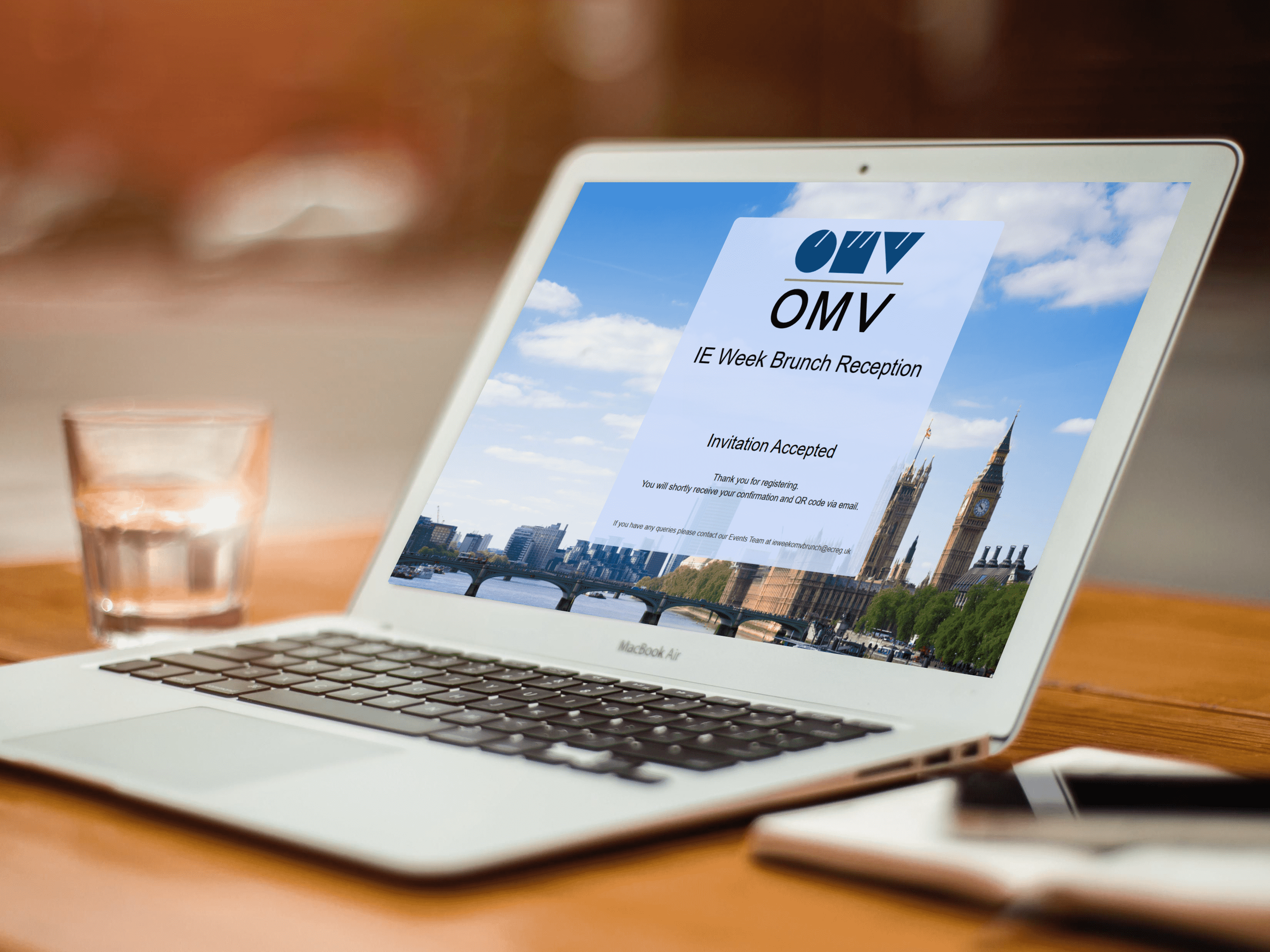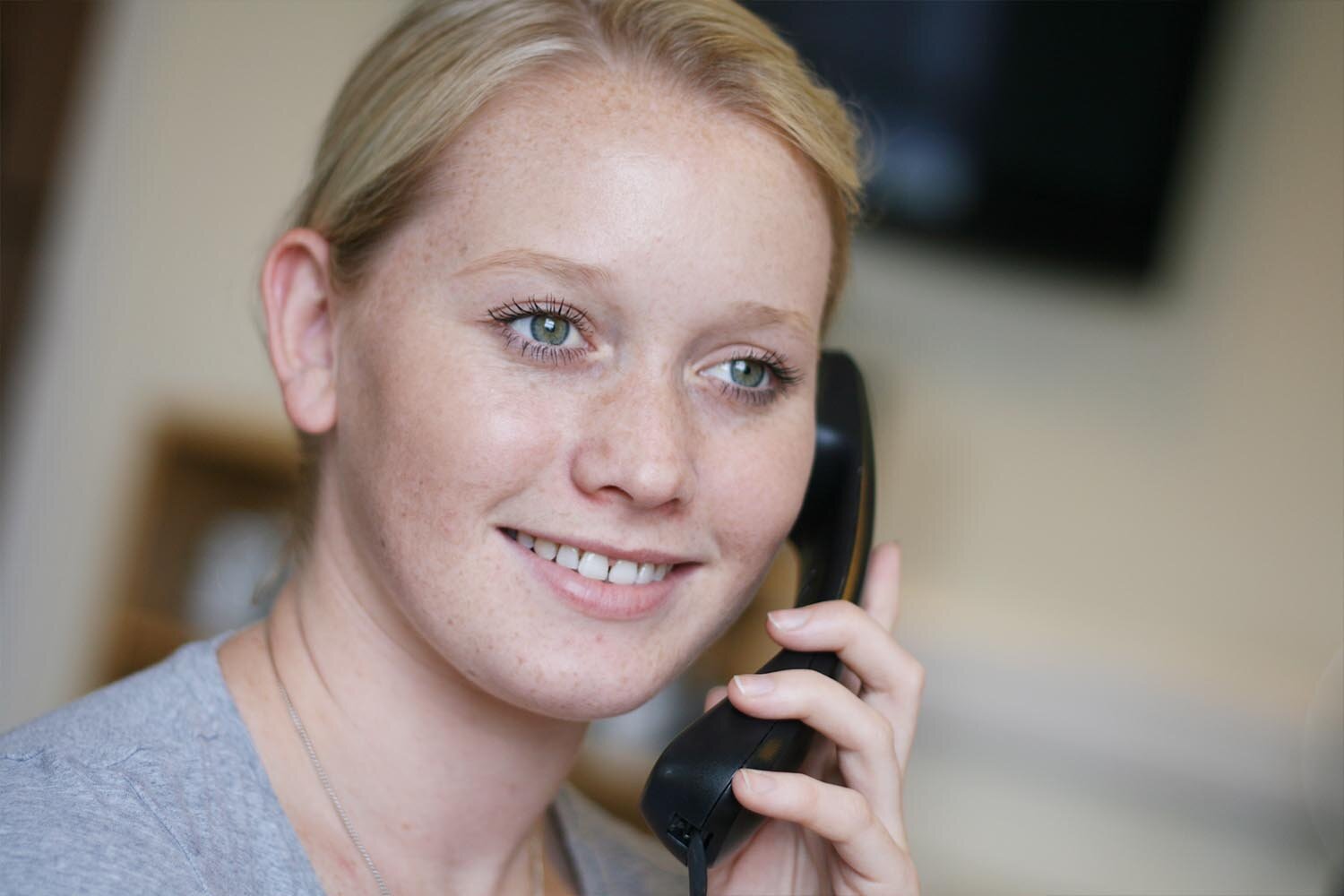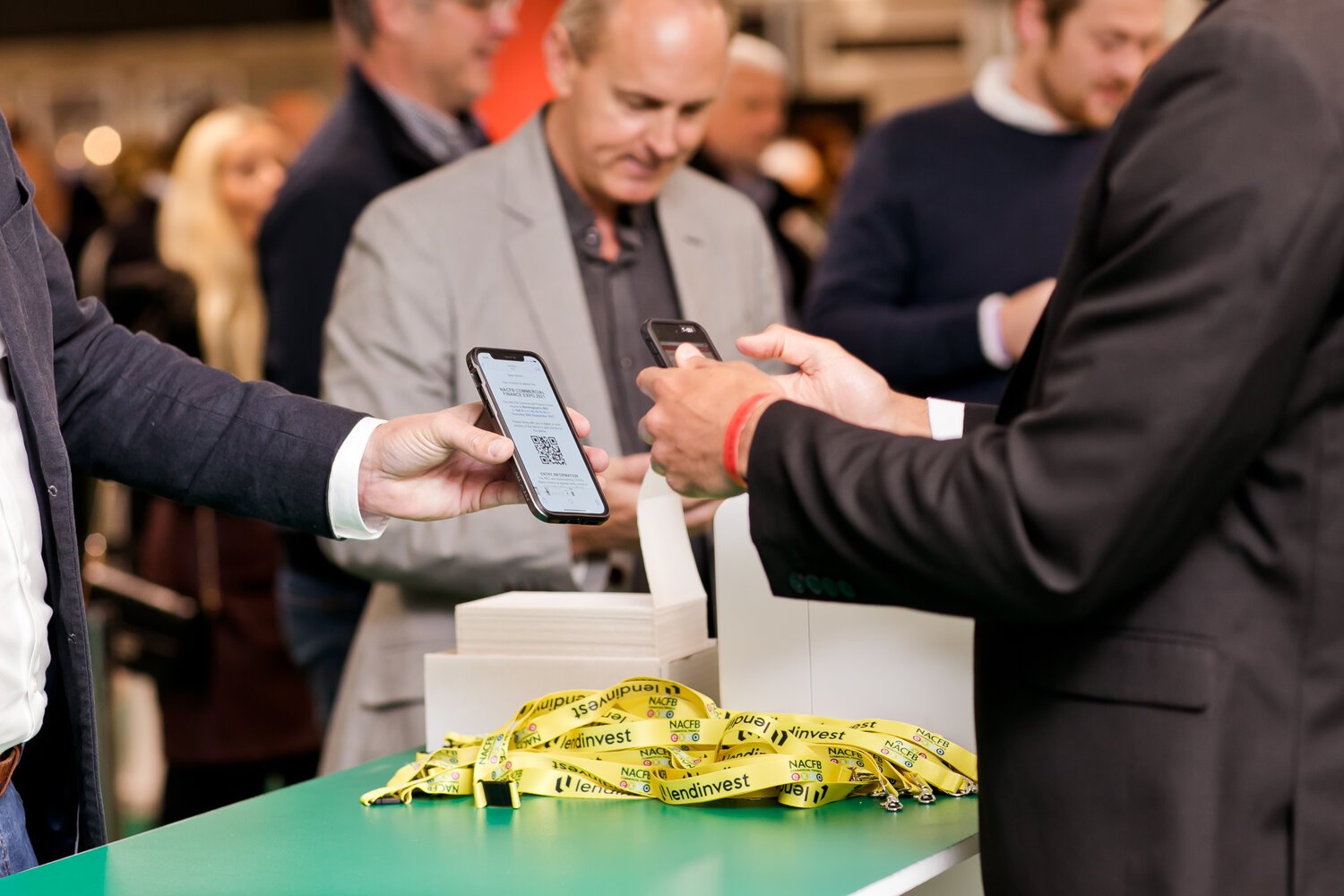Social Distancing at Events: Our 10 Step Guide
Our Guide on Social Distancing at Your Next Event
As the Event Industry looks to return, social distancing at events, conferences and exhibitions will be essential.
Here’s ten simple steps that you can take to make your event COVID-Secure and give confidence to your delegates.
1) Know Who’s Coming
Most event organisers use online booking software to track invites & responses and doing so obviously has the benefit of allowing you to segment and organise your attendees. Knowing as much about your attendees as possible will be helpful so that you can distribute delegates enforce social distancing at event. Make sure that the registration data is kept organised & clean.
2) Personalised Event Agendas
Agendas will ensure that delegates get to attend any compulsory sessions as well as breakout options that they have selected. Online session selection in advance will enable you to manage any breakout capacities so that venues operate with social distancing in place.
Access to any exhibitions may also need to be done by allocating slots to attendees. Overcrowding in exhibition spaces will be avoided and your delegates will thank you.
3) Validate Attendees
A visual check of tickets from a safe distance is one simple solution. Another would be a verbal verification - “Which event are you attending today?” You could socially-distance scan passes to verify that the person is able to enter the venue and that they have arrived within an appropriate margin of their allocated time slot.
4) Fast Flowing Registration
You’ll want to keep your reception and event registration area from compromising your social distancing measures. The best way to do this is to communicate with event attendees in advance and allocate arrival slots.
Self-service badge printing kiosks will be better than pre-printed name badges to reduce handling of badges & lanyards. Using QR codes on phones that attendees can hold towards a scanner is contactless, reliable and fast.
5) Managing Queues
You are likely to see more queuing than normal as various aspects of your event are restricted. Whilst you also might be able to minimise queues by issuing personalised agendas, it will be hard to eliminate them. Work with your venue and social distancing guidelines beforehand to establish the best flow and identify suitable areas that can be used for any queuing.
6) Access to Exhibition Space
Visitors will be keen to make the most of attending your event and connect with exhibitors. Enabling social distancing will likely require increased aisles and floor space so you may need to either increase your exhibition space or reduce the number of stands.
Consider giving times expo slots to visitors. We work on some large conferences where an exhibition slot isn’t mandatory, but is chosen as part of the session selection.
7) Manage Breakout Sessions
Seating capacities will be less than normal and so plan carefully and work with your venue to agree layouts in a socially distanced manner. In larger rooms with fixed seating, the venue will have already implemented a system to reduce seating.
Use entrances and exits wisely and where possible, have a set flow that delegates can follow. Scanning into sessions also gives you real-time stats on capacities.
8) Refreshment Breaks & Meals
To allow social distancing space for delegates, you might need to allocate them to specific breaks, or specific locations. If you do use multiple venues for eating, remember to factor in dietary requirements so that the right food is in the right place. Consider having pre-packed lunch bags or at least, make sure all food is served by staff rather than delegates handling serving utensils.
9) Staff, Speakers & Exhibitors
Other attendees and staff will need to maintain social distancing throughout your event. Communicate with people in advance so that they clearly understand the protocols that you are working to. Contractors are likely to struggle with always maintaining distance, especially with things like lifting kit or rigging.
10) Exit Strategy
To manage the overall capacity at your event, you may need to set exit slots for attendees. This could be done as part of a personalised itinerary, colour coded badges or wristbands or by having people follow a set route that ends at the exit. Scanning people who leave is critical should you need to provide information for contact tracing and in any case, it’s useful data for you,
Why don’t you get in touch today to discuss your next project?
Who we are
Event Connections provide exceptional event registration and delegate management services to event, conference and exhibition organisers.

















